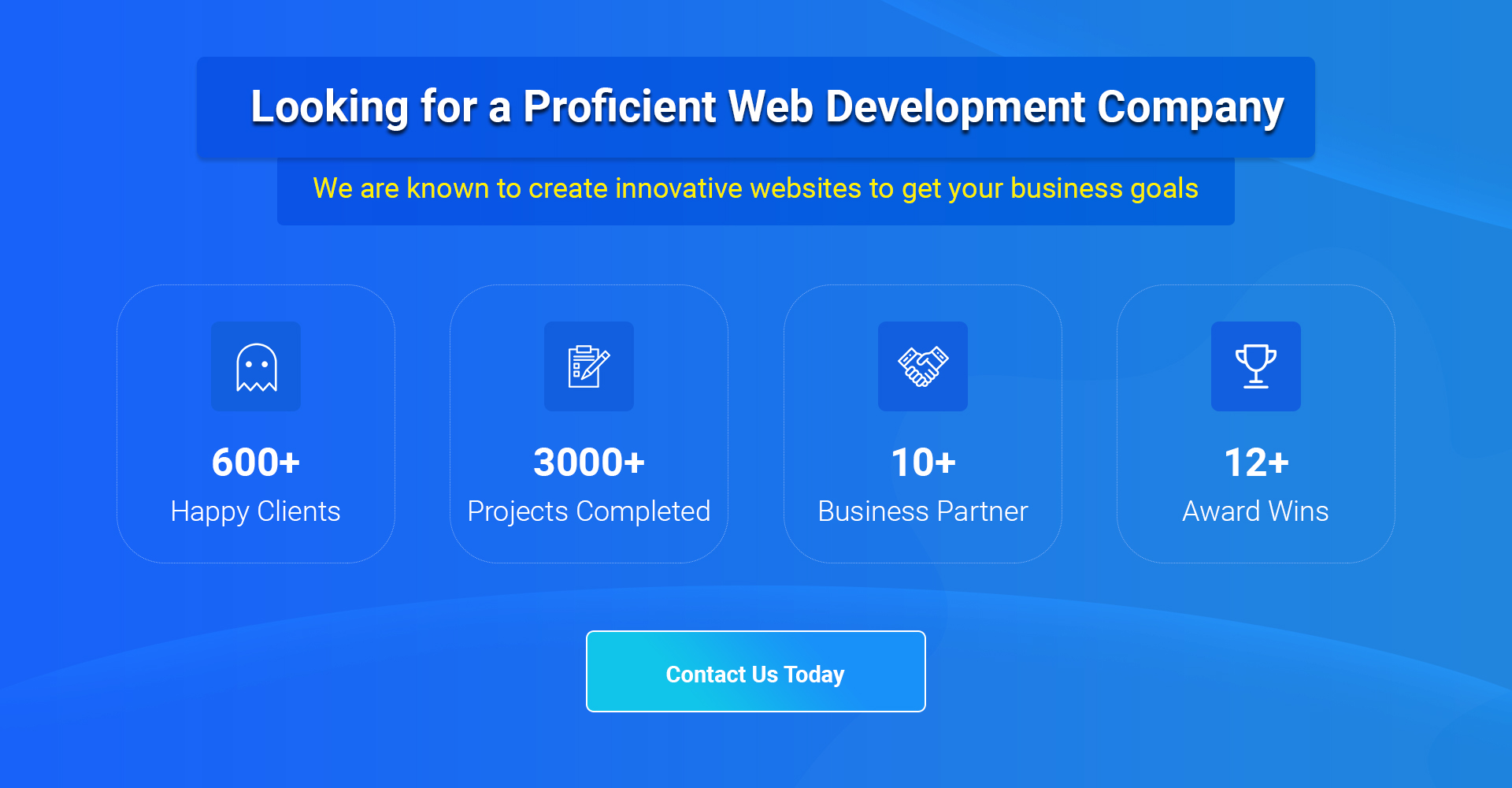Thanks to non-fungible tokens and the technology that runs them, the value of cryptocurrencies has gone through the roof. As a result, digital assets like JPEG and PNG photos are worth millions of dollars, and well-known brands are looking for new ways to use NFTs. In addition, established companies are accepting payments in NFTs and cryptocurrencies.
Table of Contents
When can we shop in the NFT marketplace in the Metaverse?
The term “metaverse NFT marketplace” refers to the technical idea of setting up and running NFT markets in the virtual environment of the Metaverse. The word “metaverse” refers to a type of virtual reality where users’ virtual selves, called “avatars,” can do things that are similar to what they can do in the “real” world. In a metaverse, avatars can talk to each other and do many different things, including, but not limited to, socializing, working, traveling, putting on and going to live events, gaming, trading, and many more. Still, trade is the most common thing to do in the Metaverse.
How different is the quality of NFT markets in the Metaverse?
Here are the most important features of a future-proof metaverse NFT marketplace that can be widely used around the world:
Also read : A Complete Guide to NFT Marketplace Development
Storefront
The Metaverse NFT market works just like any other online shop. So, it has to give its customers a clean and easy-to-use shop with items like item lists, NFT ownership details, previews, and price histories. With this data, users can quickly and easily check if the digital assets are real.
Decentralization
Because an NFT marketplace is decentralized, there is no need to use intermediaries to trade and settle. Blockchain technology runs these marketplaces by making smart contracts do things automatically and storing data as metadata on a distributed ledger. Also, NFT markets that use blockchain technology are quick and safe.
Interoperability
Cross-chain connections are a big plus for an NFT market in the Metaverse, and interoperability is the key to getting them. It’s important because it makes the user experience the same across all marketplaces and makes it easier for users to move between marketplaces and interact with their social and cultural parts. One of the best-known NFT projects, Decentraland, has been working on interoperability to use its services in more metaverse projects.
Immersive 3D setting
The Metaverse NFT market needs to give users a place where they can talk to each other and do Business in a 3D world that looks real. Modern development environments like Unreal Engine and Unity give programmers the tools they need to make NFT marketplaces in the Metaverse more like the real world.
Effortless Tokenization
In a typical Metaverse NFT marketplace, users’ assets can be turned into tokens immediately and without trouble. If a user has digital support that meets one of the many token standards, they can “tokenize” it to make a unique ownership token and then trade that token on a marketplace.
Verification of input and signature
Two-factor authentication protects user credentials and the resources to which they give access. This makes it easy and safe to get into NFT marketplaces.
Deals between people who have never met each other
The NFT exchange is a safe place to trade assets because it uses a distributed peer-to-peer network to record transactions.
NFT wallets give users access to the Metaverse and allow them to buy and sell NFTs and store digital assets.
Processors of transactions
If the payment gateway for an NFT marketplace is fully working, shoppers can buy goods and services using cryptocurrencies and native tokens.
Use of the DAO Model
Most NFT marketplaces in the Metaverse have set up a decentralized, egalitarian organization using the DAO structure. In a marketplace where DAO is used, the members make all big and small decisions through voting and making suggestions.
All-in-one development services to help people take charge of projects in the Metaverse NFT Marketplace.
What kinds of NFT markets are there right now in the Metaverse?
The market for NFT games in the Metaverse
Metaverse games are based on the idea of “play to earn,” which continues to draw much attention from gamers. Because there are so many gamers, many game companies have started NFT marketplaces where they sell virtual goods like characters, clothes, and environments. Thanks to the metaverse technology that runs these markets, all customers can enjoy the benefits of navigation that feels real and in the moment.
In the Metaverse, NFT is used for trading property.
In a metaverse marketplace based on real estate, people buy, sell, and bid on NFTs in real-time auctions. Users can bid on single items or even virtual plots of land, which they can buy with the money they won. Decentraland is an example of a metaverse real estate NFT marketplace. It has some of the most interesting and expensive virtual lands.
Also read : The Ultimate Guide to Creating an NFT Marketplace
Using NFT technology, some real estate companies show virtual versions of their real-world homes in the Metaverse, where potential buyers can virtually tour the property, thoroughly inspect, and complete the purchase without leaving their virtual avatars. When a deal is done in the virtual world, the buyer becomes the official legal owner of the physical item.
The NFT online shopping mall of the Metaverse
There is trade in the Metaverse. The NFT marketplace is an online bazaar where people can look at various goods online. For example, consumers can go to virtual reality (VR) markets from their homes and try out the goods they’re thinking about buying with their virtual selves. This makes shopping feel more real and full-fledged like it does in the real world.
How the NFT market works in the Metaverse.
Because NFT marketplaces in the Metaverse work a lot like markets in the real world, they are often called “virtual marketplaces.” Different brands can create markets for NFT-backed digital assets or digital versions of real things that can be bought with crypto tokens. Each brand will focus on a different niche.
By connecting these marketplaces to the Metaverse, marketers can give their customers more lifelike experiences by letting them see and touch things. In addition, the person who makes an NFT marketplace has the power to decide how it works, including what kinds of digital assets can be traded.
Thanks for reading our post “Metaverse NFT Marketplace Development – Types, Features, Costs, and more”, please connect with us for any further inquiry. We are Next Big Technology, a leading web & Mobile Application Development Company. We build high-quality applications to full fill all your business needs.












